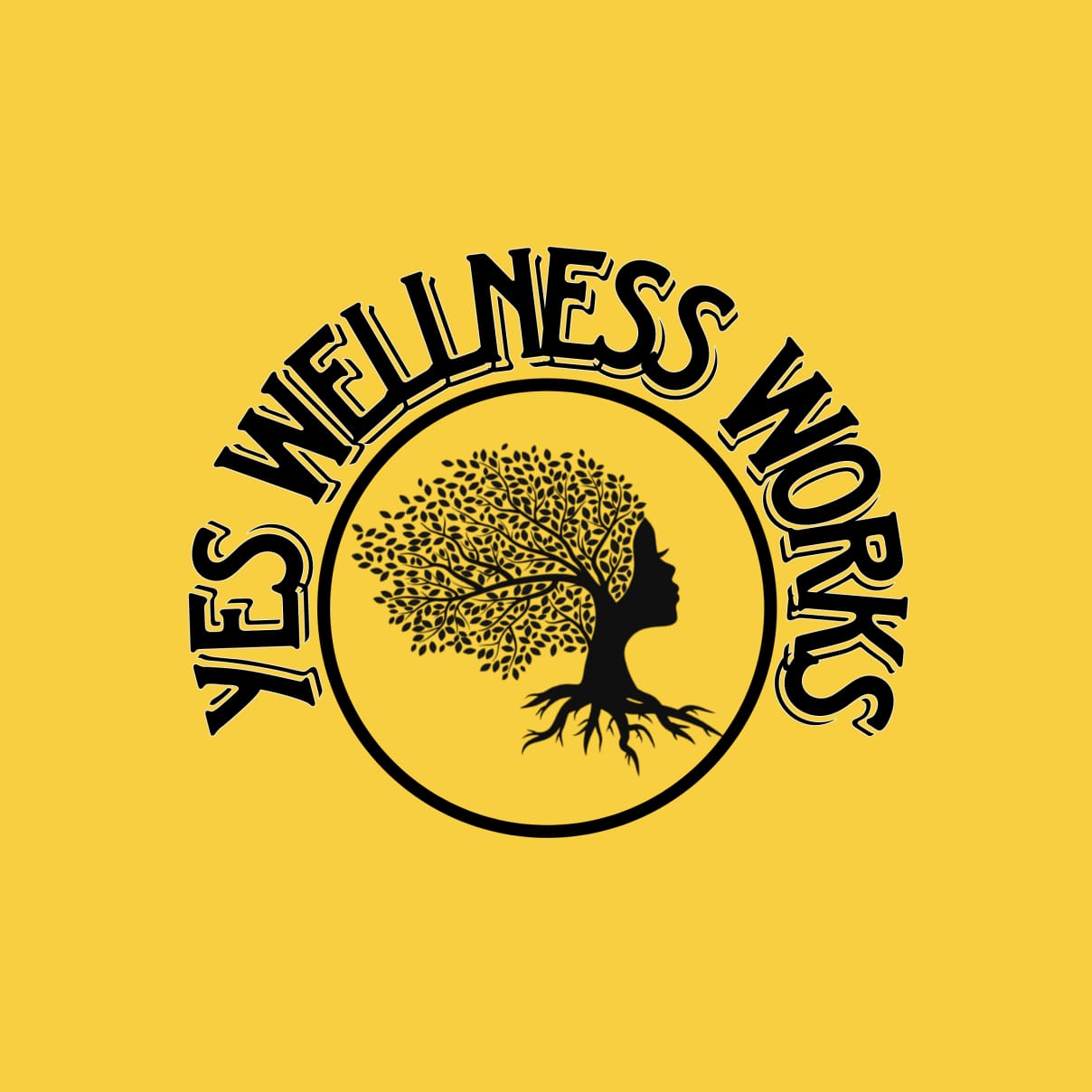
Ankita Lokhande Suggests Couple’s Therapy to Vicky Jain: 4 Reasons Partners Resist Counseling and How to Make It Work
Why Some Partners Resist Taking Theraoy for Their Relationship Issues?
The emotional health of a relationship is just as crucial as physical and financial well-being. Still, many couples hesitate when it comes to getting therapy. A recent public moment between actress Ankita Lokhande and her husband Vicky Jain caught attention when she suggested professional help for their relationship, and he responded defensively: “Mera dimaag sahi hai” (My mind is fine).
This small exchange hit home for many, revealing the deep-rooted stigma around getting assistance for relationship concerns—and how difficult it can be when one person is open to change while the other is resistant.
In this post, we explore:
- Why one partner might avoid relationship guidance
- The psychological roots of this resistance
- How to bring up emotional support without sparking conflict
- Tools to help both partners grow together
The Emotional Gap Between Couples Today
It’s common: One person becomes emotionally overwhelmed and seeks guidance, while the other insists everything is fine. This emotional mismatch can leave one partner feeling isolated and unheard.
There’s a common misconception that getting outside help means the relationship is in serious trouble. In reality, support sessions can be proactive steps to strengthen communication and build trust.
Why Do People (Especially Men) Avoid Emotional Help?
1. Social Stigma and Misunderstanding
In many cultures, reaching out for mental or emotional support is wrongly linked to being “unstable.” Phrases like “mera dimaag sahi hai” reflect this outdated thinking—that seeking help means something is wrong with your mind.
For many men, showing emotional vulnerability is considered unmanly, which creates resistance to growth-oriented conversations.
2. Fear of Judgment
Some worry they’ll be blamed during conversations with a counselor. The fear of being painted as “the problem” can prevent people from participating in such sessions.
In reality, skilled professionals aim to create a space where both individuals feel understood—without blame or bias.
3. Emotional Discomfort
Some individuals aren’t used to expressing their feelings. If they were raised in environments that discouraged vulnerability, they may struggle to open up.
This emotional discomfort becomes a barrier in intimate connections. When one partner suggests outside help, the other might feel ashamed or exposed.
4. Different Views of the Relationship
One partner may think everything is fine, while the other feels disconnected or emotionally neglected. If the emotional distress isn’t acknowledged by both sides, getting help can seem unnecessary—or dramatic.
Lessons from Ankita Lokhande and Vicky Jain’s Interaction
Ankita’s public suggestion reflected emotional courage. She reached out for connection. But Vicky’s defensive reply reflected something deeper: the difficulty many feel when emotional work feels unfamiliar or threatening.
In many long-term partnerships, this dynamic plays out repeatedly:
- One person carries the emotional burden
- The other avoids or dismisses emotional conversations
- When support is suggested, defensiveness takes over
This isn’t about blaming either partner. It’s about recognizing the emotional gap—and finding healthy ways to bridge it.
How to Encourage Your Partner to Be Open to Relationship Growth
You’ve realized your bond could benefit from a little outside guidance. How do you present this without triggering a defensive response?
✅ 1. Use “We” Instead of “You”
Avoid saying:
“You never listen—that’s why we need help.”
Try:
“I think we both deserve a space to understand each other better.”
This creates a sense of unity and avoids placing blame.
✅ 2. Normalize It Like Physical Health
Draw comparisons to physical wellness or professional learning:
“We go to the gym for fitness or take courses to grow—why not invest in our connection too?”
It reframes emotional support as a strength—not a crisis response.
✅ 3. Suggest a Trial Session
Reduce the pressure:
“Let’s just go once and see how we feel—no big commitments.”
Sometimes all it takes is one positive experience to open the door.
✅ 4. Share Real-Life Examples
Bring up public figures or stories where couples grew stronger by seeking support. This helps normalize the idea and shows it’s more common than they think.
✅ 5. Be the First to Act
If they’re still unsure, consider seeking individual support first. As they observe your growth, they might get curious and open up too.
What Really Happens During Relationship Support Sessions?
Contrary to popular belief, these sessions are not about assigning blame. They are skill-building opportunities to help couples:
- Communicate clearly
- Manage disagreements constructively
- Heal from emotional wounds
- Strengthen their emotional bond
Trained professionals offer safe spaces where both people can express themselves without fear of judgment.
The Gender Gap in Emotional Responsibility
Research shows that women are more likely to initiate emotional conversations and seek guidance for relationship health. This imbalance—called emotional labor—can lead to burnout and resentment.
By refusing to engage in emotional growth, one partner may unintentionally increase the burden on the other. Seeking guidance is not a sign of failure—it’s a sign of shared responsibility and strength.
Let’s Rethink the Stigma
We need to move past the old notion that getting help is for “broken” relationships. In truth:
- Healthy couples use outside support proactively
- Emotionally aware partners embrace growth
- Strong relationships are built—not maintained by default
If public figures like Ankita Lokhande can openly talk about it, it paves the way for more open, judgment-free conversations.
Final Thoughts: From Resistance to Reconnection
Vicky Jain’s reaction is one many can relate to. But it’s not the end of the story—it’s the beginning. Resistance doesn’t mean a partner doesn’t care. It often means they’re unsure, scared, or unfamiliar with the process.
With empathy and communication, partners can grow together. The journey toward a deeper emotional connection begins not with pressure—but with patience and compassion.couples therapy can be a transformative tool to help get there.


2 thoughts on “Ankita Lokhande Suggests Couple’s Therapy to Vicky Jain: 4 Reasons Partners Resist Counseling and How to Make It Work”